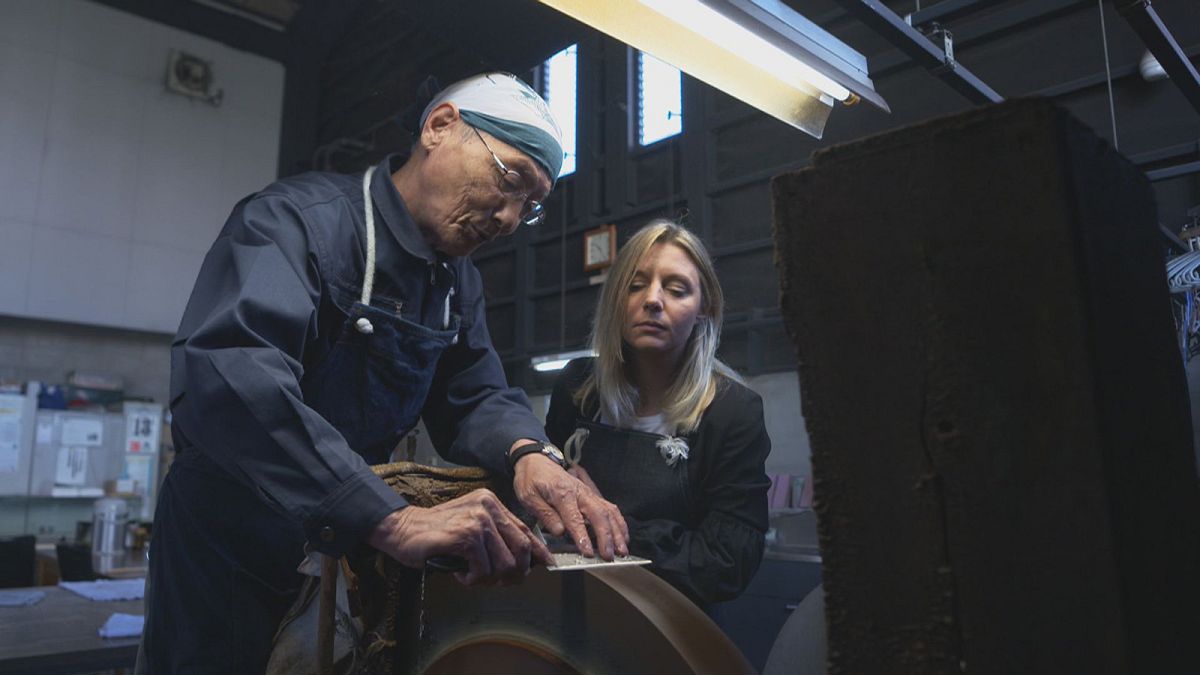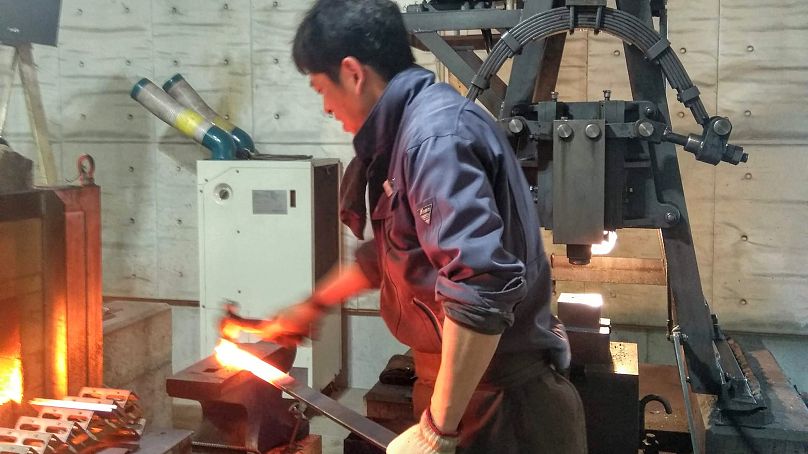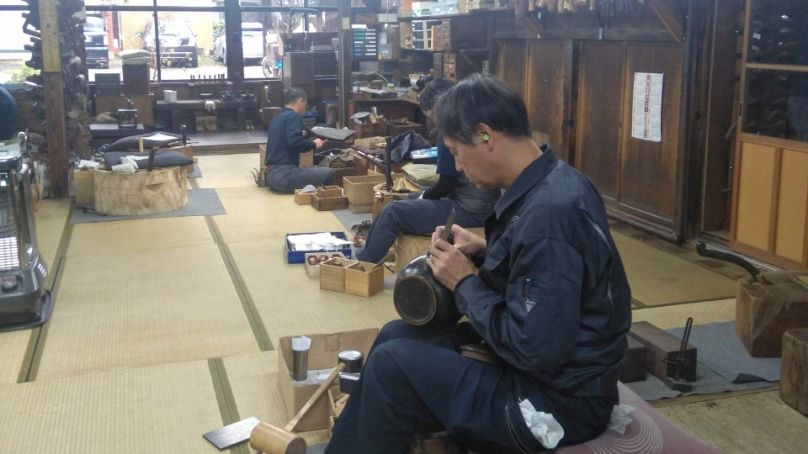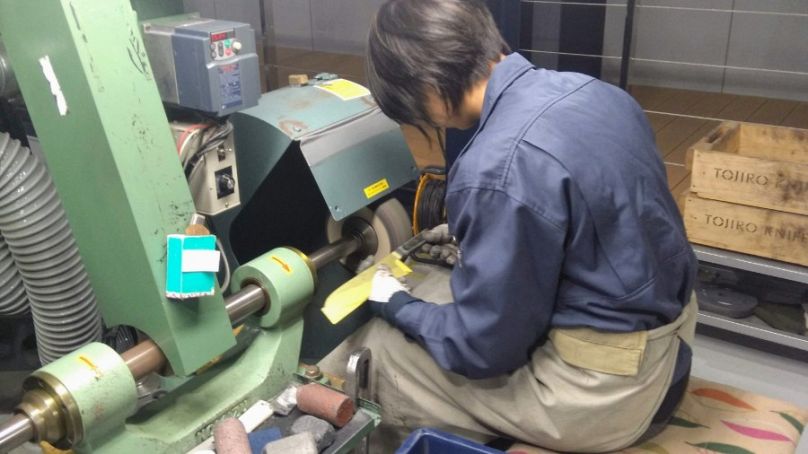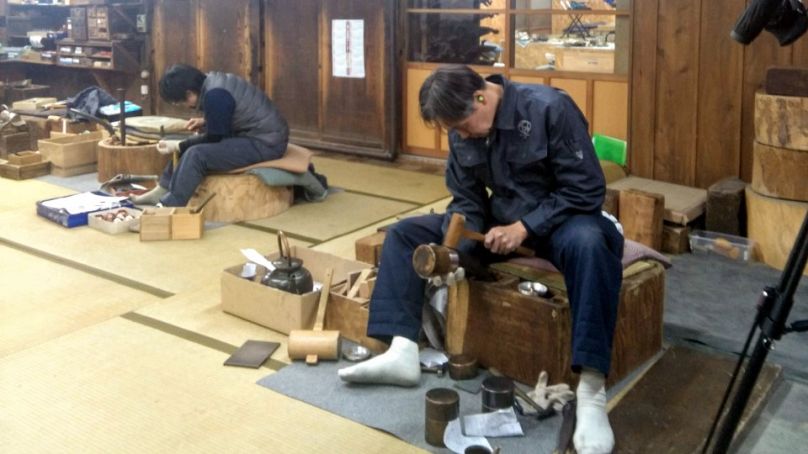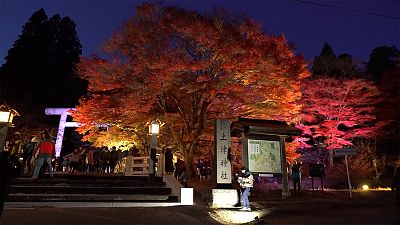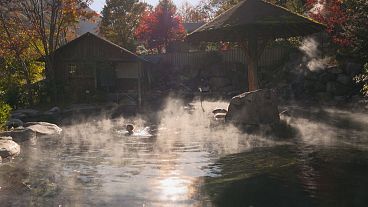Craftmanship is an ancient tradition in Japan and artisans in two cities well known for metalwork are blending ancient skills with modern technology.
Craftmanship is an ancient tradition in Japan and Tsubame and Sanjo in Niigata prefecture are two cities well known for metalwork.
Tsuiki copperware is typical of this area. Tsuiki means “shaping metal by hand hammering”. Every piece is handmade, following ancient traditional skills and techniques handed down from generation to generation.
The history of metalworking in this area began 800 years ago when people found iron sand in the bed of the Igarashi river, which flows through the middle of Sanjo. People started using the sand to produce metal.
A unique feature of Japanese knives is the special blend of carbon steel forged with boracic acid, which give the blades the hardness they are world famous for.
In both Tsubame and Sanjo you can visit the factory workshops to admire the wonderful skills of the artisans.
And if you want to try it yourself, you can also make your own knife.
Haruo Hasegawa is the director of Sanjo’s blacksmith training hall, which was set up 15 years ago.
“Every year about 5,000 people come to learn how to work with metal. In the past few years many people have also come from overseas to try this experience,” he told Go! Japan.
Tomoo Matsumura, head of the Tojiro knife workshop, says it takes at least two days to make a knife.
“This is the Japanese traditional way of forging. We make knives using the same techniques inherited from sword makers in ancient times.”
And the craft continues to evolve - thanks to the blending of traditional methods and modern technology.
